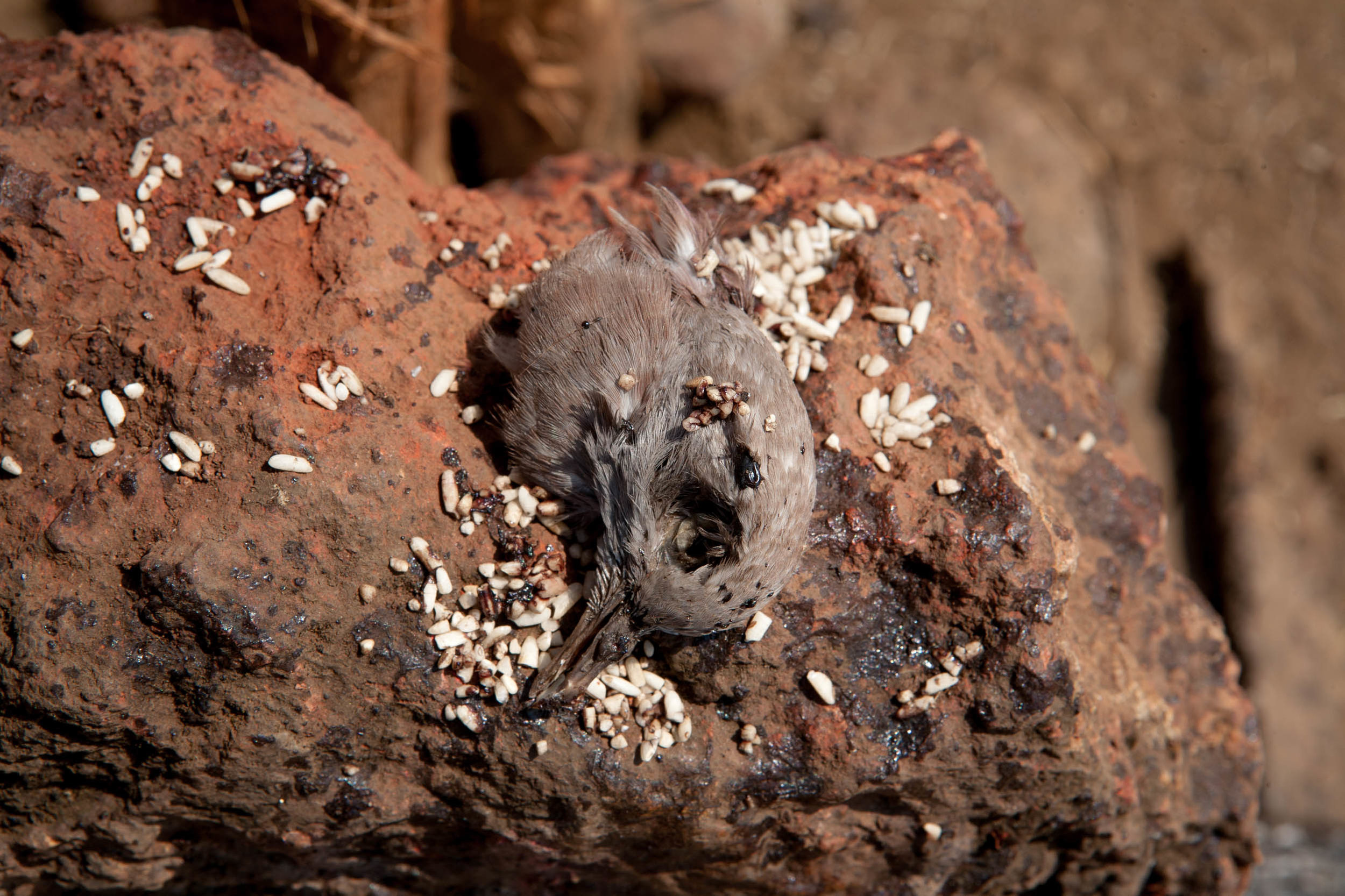Since 2001, I have been documenting the effect of industrialisation on rural communities across India. This project focuses on the mining belts of Orissa and looks at how people in this region cope with a changing landscape and depleting resources.
Orissa leads the country in the production of chromite, bauxite and iron ore. For many years large Indian and multinational companies have been establishing mining operations across the state leading to the displacement of the indigenous community of Adivasis who constitute 25% of Orissa's population. Adivasis have traditionally relied on forest and farmland for their survival, but in the last decade Orissa has cleared more forestland than any other state in India and farmland is being leased out by the government to mining companies for drilling.
In spite of the challenges of living in a polluted and deteriorating landscape, rural communities attempt to maintain their traditional way of life. I traveled with a group of Adivasis into the Niyamgiri hills who forage for food, wood and medicinal plants. Having lived in this area for generations, they have a deep knowledge and appreciation for the resources of the forest. But with the decrease in cultivable land and forest area, many Adivasis have been forced to look for work in mining companies.
The state is so rich in minerals that the government has adopted a fast track clearance system for projects investing over 6 million dollars. Yet, most villages along the mining belt still do not have access to good roads, a proper education for their children, electricity and healthcare. With company mottos such as "Envisioning Growth, Enriching Lives" or "Giving Everyone in Orissa a Reason to Smile" I am interested in the reality of the relationship between companies and local people. My intention is to continue photographing the changing way of life of communities living along the mining belt of Orissa.



















